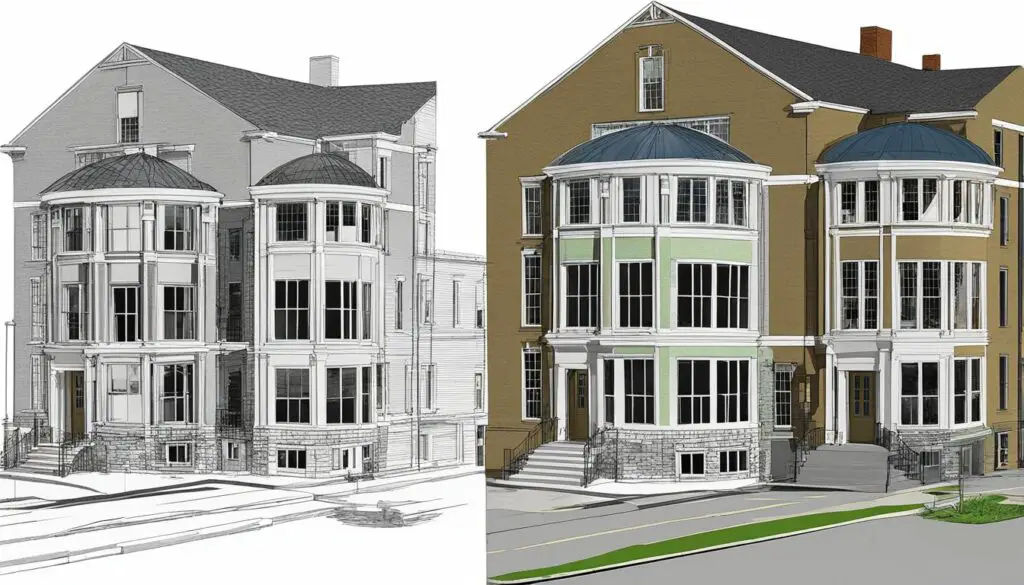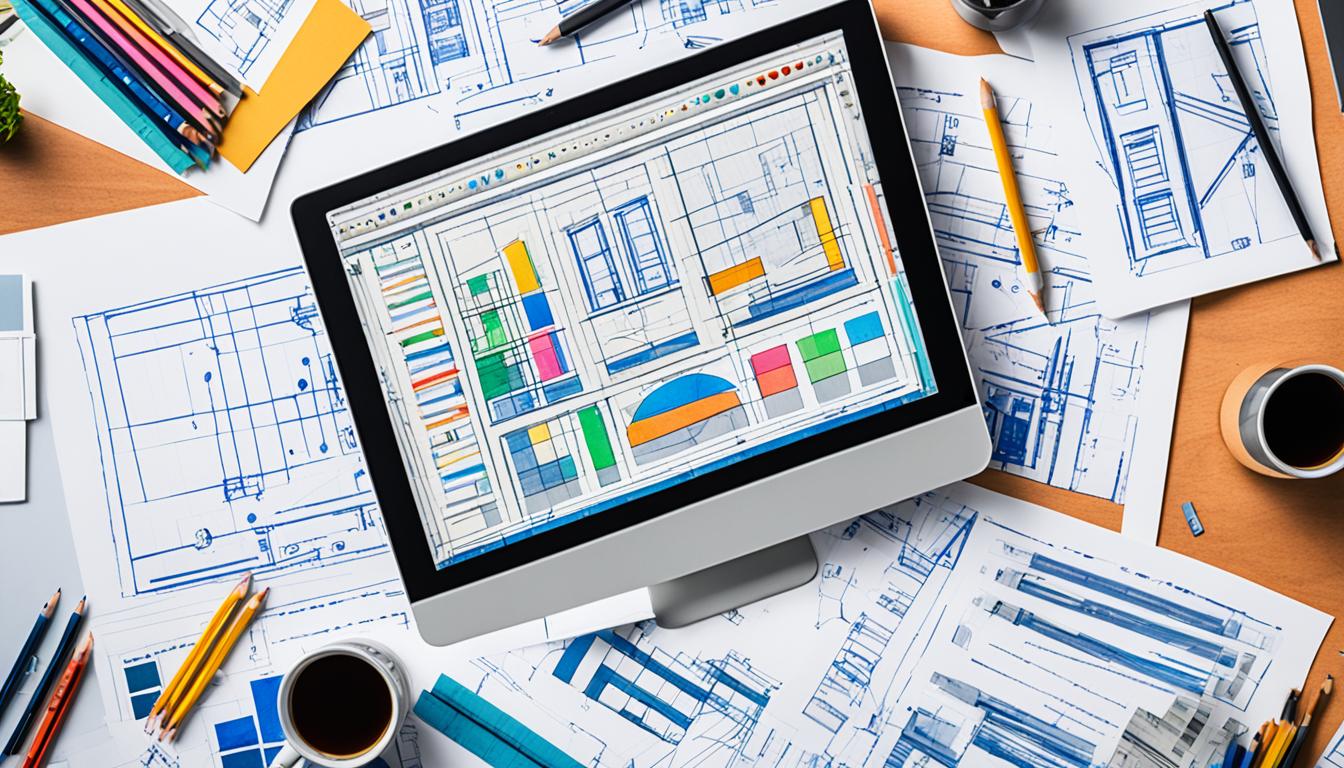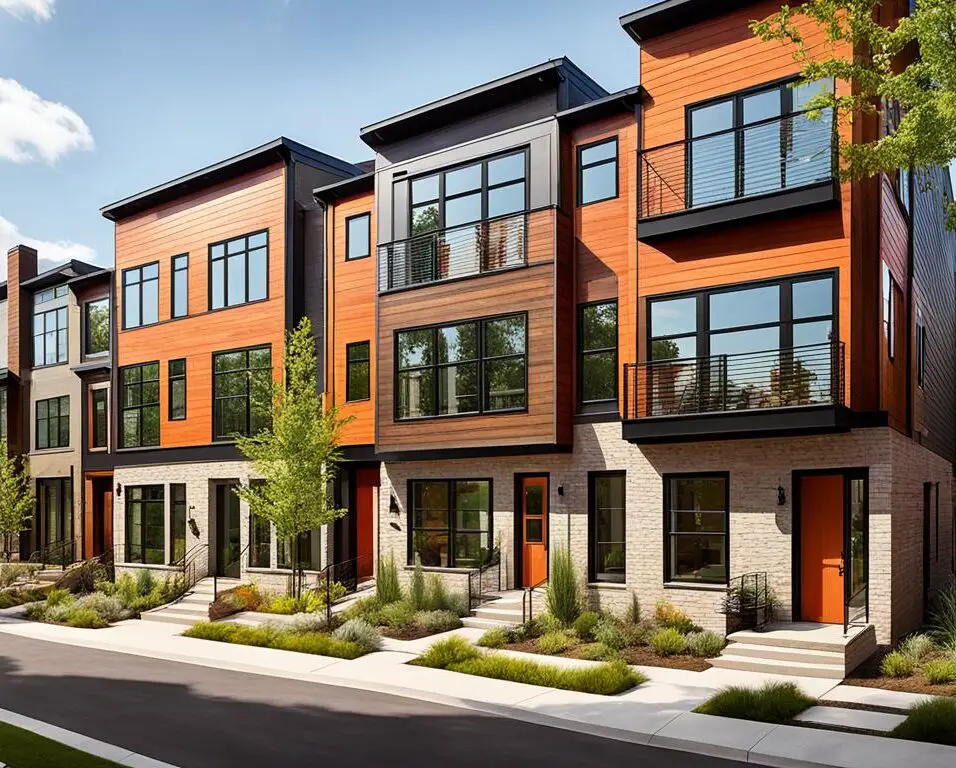Top Architecture Design Software Every Pro and Amateur Needs
Are you a professional architect or an amateur just starting out in the field? No matter your level of expertise, having the right architecture design software is essential for creating outstanding building designs. With the right tools at your disposal, you can bring your architectural visions to life and impress clients and stakeholders.
There are several architecture design software options available in the market that cater to both professionals and amateurs. These software tools offer a range of features and functionalities to aid in the design process. Whether you’re looking for 2D and 3D modeling capabilities, advanced rendering tools, or realistic visualization options, there’s something for everyone.
Not only do these architecture design software options enhance the efficiency and accuracy of your work, but they also provide a platform for you to express your creativity and showcase your unique design ideas. No matter your skill level, these tools can help you take your building designs to the next level.
Key Takeaways:
- Architecture design software is essential for both professionals and amateurs in the field.
- These software tools offer a range of features and functionalities to streamline the design process.
- By utilizing architecture design software, you can enhance the efficiency, accuracy, and visualization of your building designs.
- Choose software options that suit your specific needs, whether it’s 2D and 3D modeling capabilities or advanced rendering tools.
- Don’t limit your creativity – explore different architecture design software options to express your unique design ideas.
Benefits of Architecture Design Software
Architecture design software offers numerous benefits for professionals and amateurs alike. These powerful tools enhance efficiency, accuracy, and visualization in the design process, revolutionizing the way architects create and present their building designs.
One of the key advantages of using architecture design software is the significant boost in efficiency it provides. By automating repetitive tasks and offering time-saving features, these software solutions streamline the workflow for architects. This allows them to focus more on the creative aspects of their designs and spend less time on manual and administrative tasks.
Another benefit of architecture design software is the enhanced accuracy it brings to measurements and calculations. Manual errors can be prone to occur, especially when dealing with complex building designs. However, with the aid of specialized software, architects can ensure precise measurements, minimizing the risk of costly mistakes and rework.
“Architecture design software allows architects to complete their projects with remarkable efficiency and accuracy, saving time and money in the process.”
Moreover, architecture design software excels in its ability to generate realistic visualizations of architectural designs. These visualizations can range from 2D blueprints to immersive 3D renderings. Such representations enable architects to effectively communicate their ideas and concepts to clients, stakeholders, and construction teams. By offering immersive virtual experiences, architecture design software enhances collaboration and understanding, ensuring that all parties involved have a clear vision of the final product.
Overall, the benefits of architecture design software are undeniable. From increased efficiency and accuracy to stunning visualizations, these tools empower architects to elevate their designs and bring their visions to life.

| Software | Key Features | Price |
|---|---|---|
| AutoCAD | 2D and 3D modeling, rendering, visualization | $1,690/year |
| SketchUp | Intuitive interface, 3D modeling, collaboration | $299/year |
| Revit | BIM integration, 3D modeling, documentation | $2,425/year |
Top Architecture Design Software Options
When it comes to architecture design software, there are numerous options available, each with its own set of features and capabilities. In this section, I will highlight one of the top architecture design software choices: AutoCAD.
1. AutoCAD
“AutoCAD is one of the most popular architecture design software options, known for its robust features and versatility.”
AutoCAD is a powerful software tool that offers both 2D and 3D modeling capabilities, making it suitable for a wide range of architectural projects. With its extensive library of pre-built components and advanced tools, architects can bring their designs to life with precision and ease.
One of the standout features of AutoCAD is its rendering and visualization capabilities. Architects can create stunning visual representations of their designs, allowing clients and stakeholders to better understand and visualize the final product.
In addition, AutoCAD’s user-friendly interface makes it accessible to both professionals and amateurs, enabling users to navigate the software comfortably and efficiently.

As shown in the table below, AutoCAD offers a comprehensive array of features that cater to the needs of architects:
| Features | Description |
|---|---|
| 2D & 3D Modeling | Allows architects to create precise and detailed 2D and 3D models of their designs. |
| Rendering & Visualization | Enables the creation of realistic visualizations to showcase architectural designs. |
| Library of Components | Provides access to an extensive collection of pre-built components to speed up the design process. |
| User-Friendly Interface | Ensures a seamless and intuitive user experience, allowing architects to work efficiently. |
With its robust features, versatility, and user-friendly interface, AutoCAD is a top choice for architects looking to elevate their design process and create exceptional architectural solutions.
Conclusion
In conclusion, architecture design software is an essential tool for both professionals and amateurs in the field. These software options offer a wide range of benefits that can enhance the design process and elevate the quality of building designs.
One of the key advantages of using architecture design software is the increased efficiency it provides. By automating repetitive tasks and offering intuitive features, these tools allow architects to streamline their workflow and save valuable time.
Moreover, architecture design software ensures a high level of accuracy in measurements and calculations, reducing the risk of errors during the design phase. This not only helps architects create precise and reliable models but also contributes to the overall quality and safety of the final construction.
Additionally, top architecture design software options are designed to be user-friendly, accommodating architects of all levels of expertise. With their intuitive interfaces, these tools make it easier for both professionals and amateurs to create stunning architectural masterpieces.
In summary, architecture design software is an indispensable resource for architects, providing essential tools that boost efficiency, accuracy, and visualization capabilities. By harnessing the power of these software options, architects can bring their designs to life with precision and creativity.








